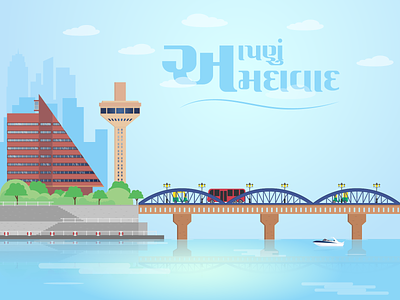
In some cases, the bursts of rain were “extreme,” according to the National Weather Service. In Santa Barbara, a full inch of rain fell between 8:50 and 9:50 a.m. Thursday, representing its fourth-wettest hour on record; records date back to 1948. Interestingly, all ten of the top ten wettest hours on record have occurred in the 2000s, largely a result of the increasingly warm and wet atmosphere because of human-caused climate change.
The Oxnard Civic Center reported up to 3.18 inches in a single hour Wednesday night, although that’s not an official Weather Service observation site.
Calendar day rainfall records were set Thursday at Camarillo Airport, the Oxnard National Weather Service office and Santa Barbara Airport, which received 1.19, 2.78 and 2.60 inches of rain, respectively.
Four tornado warnings were also issued for Southern California as rotating thunderstorms and downpours moved ashore. The Weather Service is warning of more coastal thunderstorms and offshore waterspouts Friday. Heavy thunder and lightning rolled through areas near Oxnard, with rumbling lasting for hours in some places.
One of the impressive elements of this storm system has been the magnitude of the rain in the lowlands. For more than six inches to fall in Santa Barbara — which is close to sea level — is rather remarkable. Ordinarily it takes mountains to poke into and focus the moisture held higher in the atmosphere, boosting rainfall rates.
Here’s a roundup of some of the heaviest totals:
- 9.80 inches, East Camino Cielo (mountains northeast of Santa Barbara)
- 8.42 inches, La Granada Mountain in the Laguna Ridge
- 8.16 inches, mountains just north of Montecito
- 6.48 inches, downtown Montecito
- 6.28 inches in Ventura
- 6.09 inches in Oxnard
- 5.87 inches in Carpinteria
- 4.46 inches in Thousand Oaks
- 3.23 inches in Inglewood
- 3.06 inches in Beverly Hills
- 2.95 inches at Los Angeles International Airport
- 1.98 inches in downtown Los Angeles
- 0.55 inches in San Diego
Inciting the widespread downpours is an upper-level low, or a pocket of high-altitude cold air, low pressure and spin. That so-called upper-level low is centered just offshore of the U.S.-Mexico border west of San Diego and Tijuana. It’s gradually churning east, and will pass over Arizona on Friday night.
The counterclockwise-spinning low is swirling north a tongue of rich tropical moisture from the equatorial regions. That’s working into the desert and fueling widespread downpours and a few thunderstorms. Even Phoenix could see up to an inch and a half of rain.
What’s next for the storm
Rain will lift north into Arizona first, spreading over much of the southern half of The Copper State. That could make for dicey travel on Interstates 8, 10 and 17.
By Friday evening, the first wave of downpours will shift east into New Mexico as another batch works into western Arizona. This second batch will be beneath the core of our upper-level low, where chilly temperatures aloft allow surface air to rise and make thunderstorms.
There’s even a marginal (level 1 out of 5) risk of severe weather associated with any thunderstorms. While the tornado risk is negligible, a few cells in southern Arizona from Yuma to Tucson could produce gusty to locally damaging winds and/or small hail.
As the moisture and storm system shift east into the high terrain of eastern Arizona, 3 to 7 inches of snow are possible above 8,000 feet, with as much as two feet above 10,000 feet.
Into the weekend, the upper-level low will pivot northeast, merging with another similar disturbance over the central Rockies. That will bring some mountain snow to Colorado, the Four Corners and portions of the central and northern Plains by Sunday.
Farther south, additional rain and thunderstorms, including a few strong to severe storms, are possible over West Texas and the southern High Plains.





